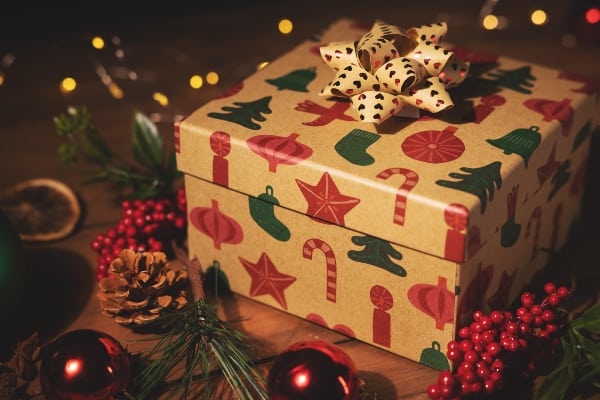“There are two seasonal diversions that can ease the bite of any winter. One is the January thaw. The other is the seed catalogues” – Hal Borland, American journalist (1900 – 1978).
Seed catalogues evoke memories of summer breezes and warmer times; they are wonderful to peruse on a cold blustery day. We often receive three, sometimes four, different catalogues every winter, often before Christmas. But it isn’t until January that I am able to sit down and enjoy them.
I like to map out our gardens — rotating the planting, to change what vegetables are grown in what plots. This prevents the soil from becoming diseased, and keeps the pests on the move, so they don’t take over.
But mapping out the gardens has another purpose as well — it is a visual way to dream of spring and summer. Deciding on the plots for the peas or potatoes takes very little time, but choosing varieties of peas and potatoes takes longer. Even if we intend to use the same cultivars as the year before, it’s always enjoyable to see what is new, or what might work even better.
Living in the North, I look for vegetable varieties that can stand our cold soils and variable weather. I look at where the seed is coming from, too — seeds have a “memory” of the climate their parent plant grew in, and they adjust to that climate. Growing heat tolerant cabbages won’t necessarily benefit us here, but growing cabbages that come from, say, the mild winters of the BC coast might; however cold our summers are here, they often aren’t as cold as winters there.
This is one reason saving seeds from our plants is a very good thing — they have Yukon summers logged in their memories; They’ll be better suited to deal with Northern idiosyncrasies.
I look to grow heirloom seeds as well; their memories stretch back for generations, and they remember a variety of climate conditions. Sometimes they’ve acclimatized to more than one continent. They are the tried-and-true varieties grown for their taste, hardiness, and storability over long winters.
Seed catalogues also educate the gardener on the needs of each vegetable, often with a short write-up on the basics of growing the vegetable — when to plant it, how far apart, and when to harvest. The catalogue lists the nutritious needs of each plant, and sometimes they even say which plants make good companions.
An interesting part of a seed catalogue is the area, usually in the back, where gardening paraphernalia is found. There are tools for everything from starting the seeds to attracting birds, insects, and bats to the garden; tools used for every task in the garden, including decorative touches.
This is where the dreaming starts to take off.
Who wouldn’t want to stretch out on a hammock in the warm summer breeze, watching the humming birds as they feed from the nectar feeder? Or listening to the buzz of pollinating insects as they hop from flower to flower, all the while reading yet another book on gardening, under the midnight sun?




